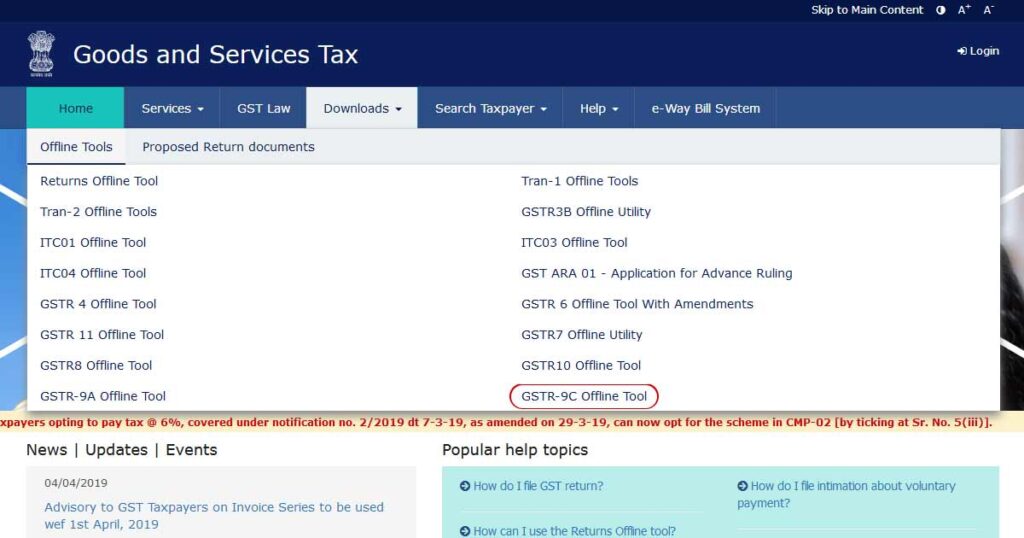The term horticulture is derived from two Latin words Hortus, meaning ‘garden’, and Cultura meaning ‘cultivation’. It refers to crops cultivated in an enclosure, i.e., garden cultivation. It is the culture of plants for food, comfort, and beautification purposes. The plants focused on are mainly vegetables, trees, flowers, turf, shrubs, fruits and nuts. However, advancements in horticulture science and technology have helped the field of horticulture become more than just garden cultivation What Are Horticulture Crops? Horticulture, as defined in the world of gardening and farming, is the practice of scientifically producing, cultivating, selling, and using high-value, closely tended crops in an environmentally friendly and long-lasting way. Horticulture, a field of plant agriculture focused on garden crops like fruits, veggies, and decorative plants, gets its name from the Latin words for “garden” and “cultivate.” In simple terms, it involves various aspects of garden care, but typically, it’s associated with commercial farming. Horticulture falls somewhere between backyard gardening and large-scale agriculture, but all types of cultivation share common connections. Remember: Horticulture sets itself apart from agriculture by not dealing with extensive crop farming or raising animals. Instead, horticulture revolves around cultivating various crops on smaller plots, while agriculture centres on growing a single major crop at a time. Types Of Horticulture Pomology: Pomology is all about fruit and nut crops, while olericulture deals with kitchen herbs like carrots, asparagus, lettuce, cauliflower, tomatoes, and peas. Olericulture: Olericulture is the science of growing vegetables, focusing on non-woody edible plants like spinach and collards that fall into the group known as “potherbs and greens.” Floriculture: Floriculture specializes in producing flowers and decorative plants, such as cut flowers and potted plants. Landscape Horticulture: Landscape horticulture is a broad field that includes plants for landscaping, like lawn turf, as well as nursery crops like shrubs, trees, and vines. Arboriculture: Arboriculture is mainly about arborists looking after woody plants for the long term in places like gardens, parks, or populated areas, aiming to enhance the environment for people’s enjoyment, safety, and overall well-being. Turf Management: Turf management involves all the efforts put into growing and taking care of grass specifically for sports, entertainment, and beautification purposes. Viticulture: Viticulture is a specialised field within horticulture focused on growing and gathering grapes. This involves various tasks such as overseeing pest control, disease prevention, fertilisation, watering, tending to the vines’ growth, assessing fruit quality, deciding when to harvest, and pruning the vines in winter. Oenology: Oenology is a specific horticultural field that focuses on the study of wine and the art of making it. Post-harvest physiology: Post-harvest physiology is all about how plant tissues behave after they’ve been harvested. This helps in figuring out the best ways to keep the plants fresh and prevent them from going bad by finding the right storage and transport conditions. Importance Of Horticulture Horticulture has improved the financial well-being of farmers by boosting the average intake of fruits from 40 to 85 grams and vegetables from 95 to 175 grams per person in a year. The importance of horticulture lies in the fact that it has been instrumental in advancing women’s empowerment through job opportunities in activities like growing mushrooms, cultivating flowers, and producing vegetable seeds, among other things. Moreover, horticulture crops make up over 24.5% of agriculture’s GDP, despite occupying only 8.5% of the entire region. India’s fertile lands nurture a diverse range of fruits and veggies, both tropical and temperate. Across approximately 4 million hectares, you’ll find a cornucopia of over fifty vegetable varieties, with star crops like potatoes, onions, peas, cauliflower, tomatoes, eggplants, okra, cabbage, and cucurbits thriving in the mix. Horticultural science is a unique field that combines the study of plants with their aesthetics. Horticulture is practical; it helps enhance plant growth, marketing, and overall quality of life for both people and animals. It plays a consistent role as the best-managed farmland practice by delivering nutritious produce, adding beauty to our surroundings, and promoting recreational activities. FAQs What are horticulture crops in India? India’s varied climate provides the perfect conditions for cultivating a wide variety of horticultural products, including fruits, vegetables, spices, root tubers, ornamental and aromatic plants, medicinal herbs, as well as plantation crops like coconut, arecanut, cashew, and cocoa. What is India’s rank in horticulture? India comes in as the world’s second-largest producer of fruits and vegetables, following China. According to the National Horticulture Database’s latest data (3rd Advance Estimates) from 2021-22, India managed to yield an impressive 107.24 million metric tonnes of fruits and a whopping 204.84 million metric tonnes of vegetables.








